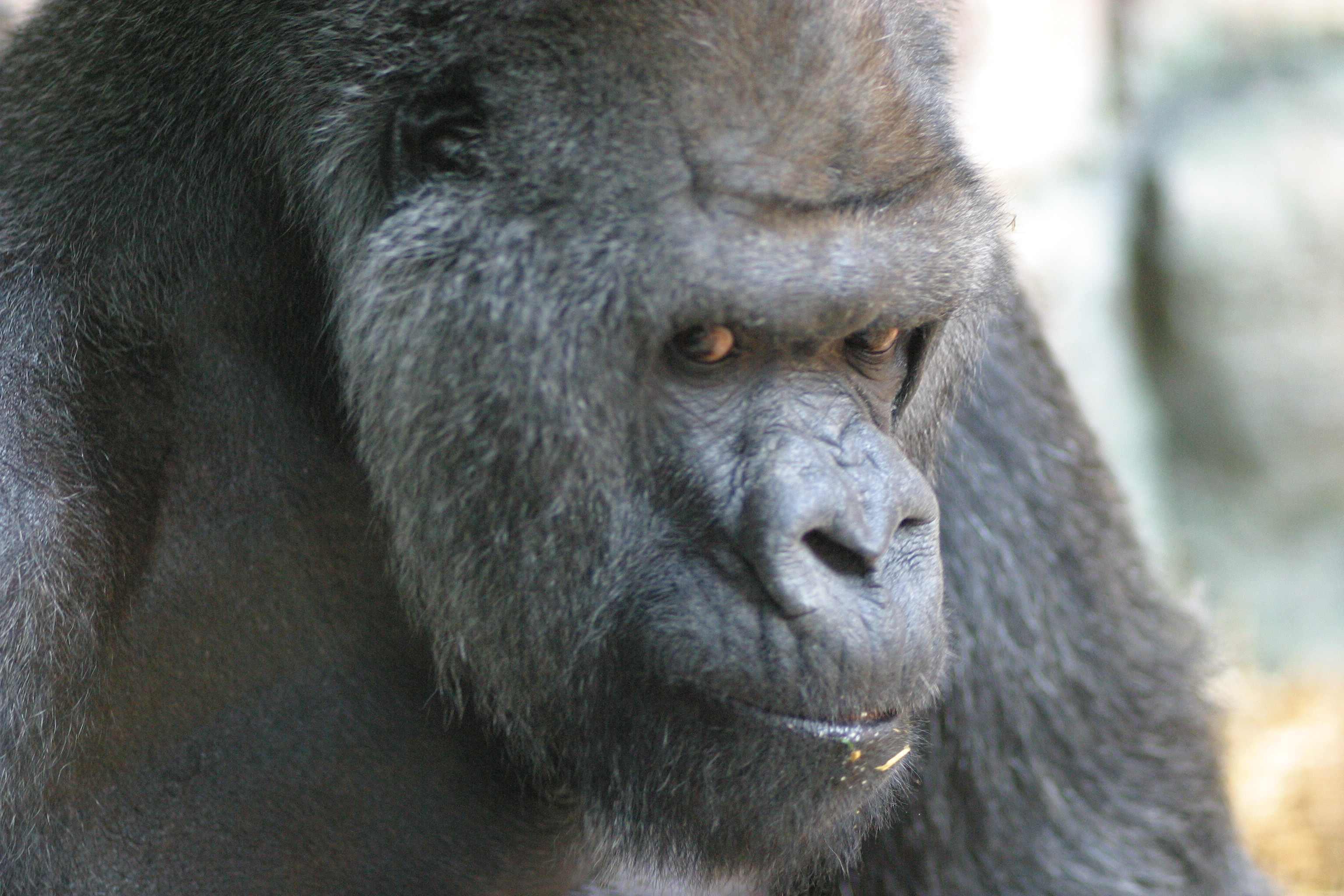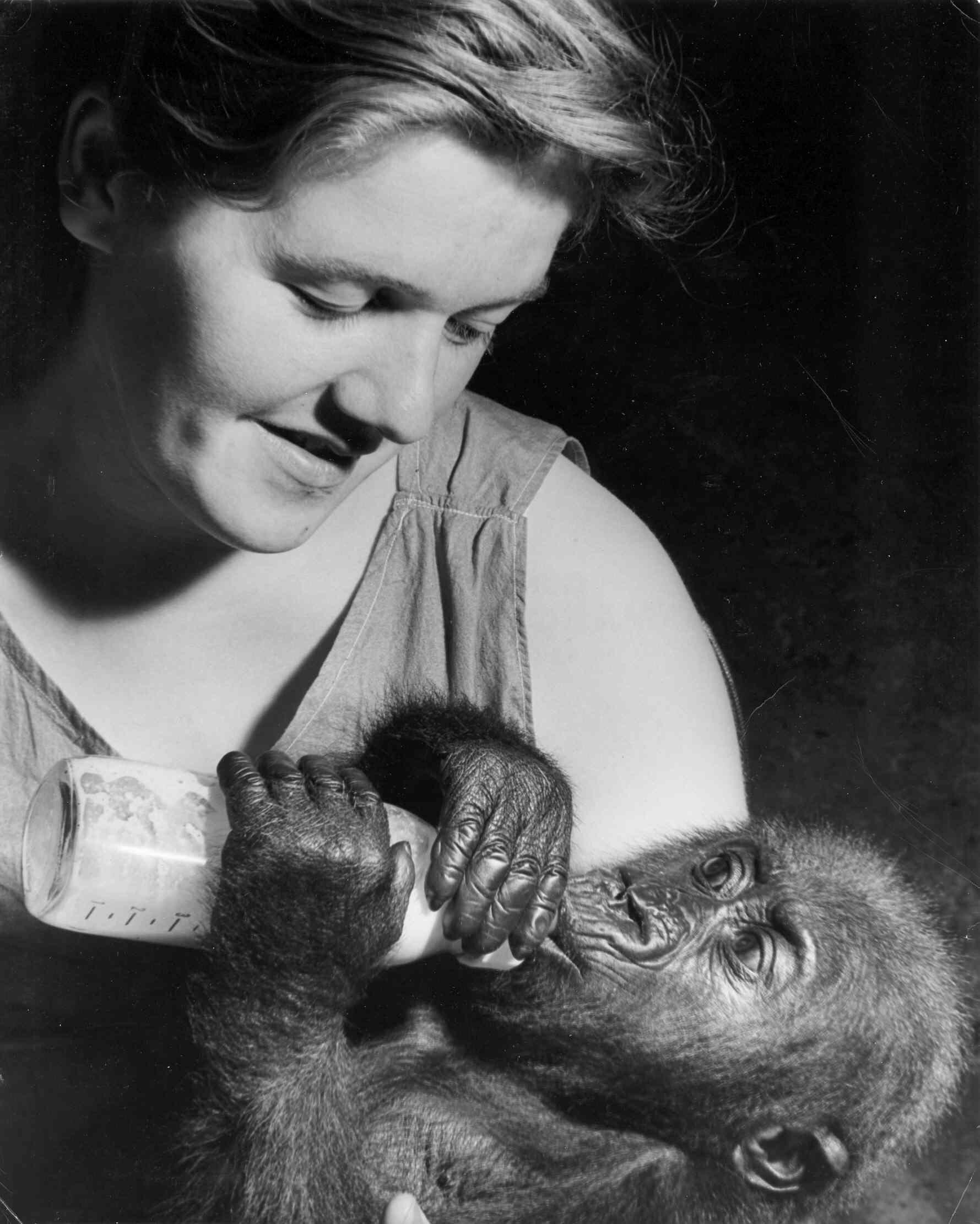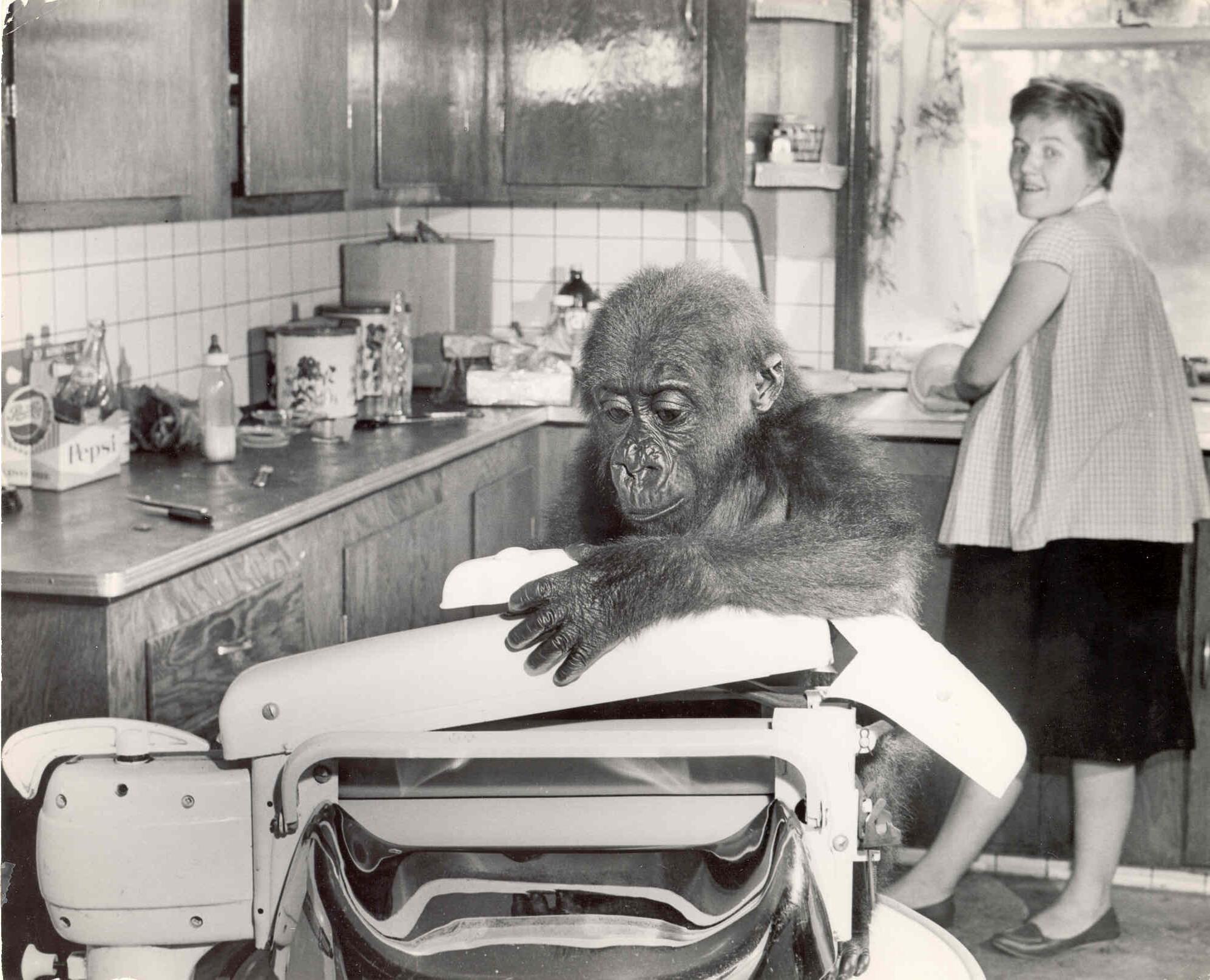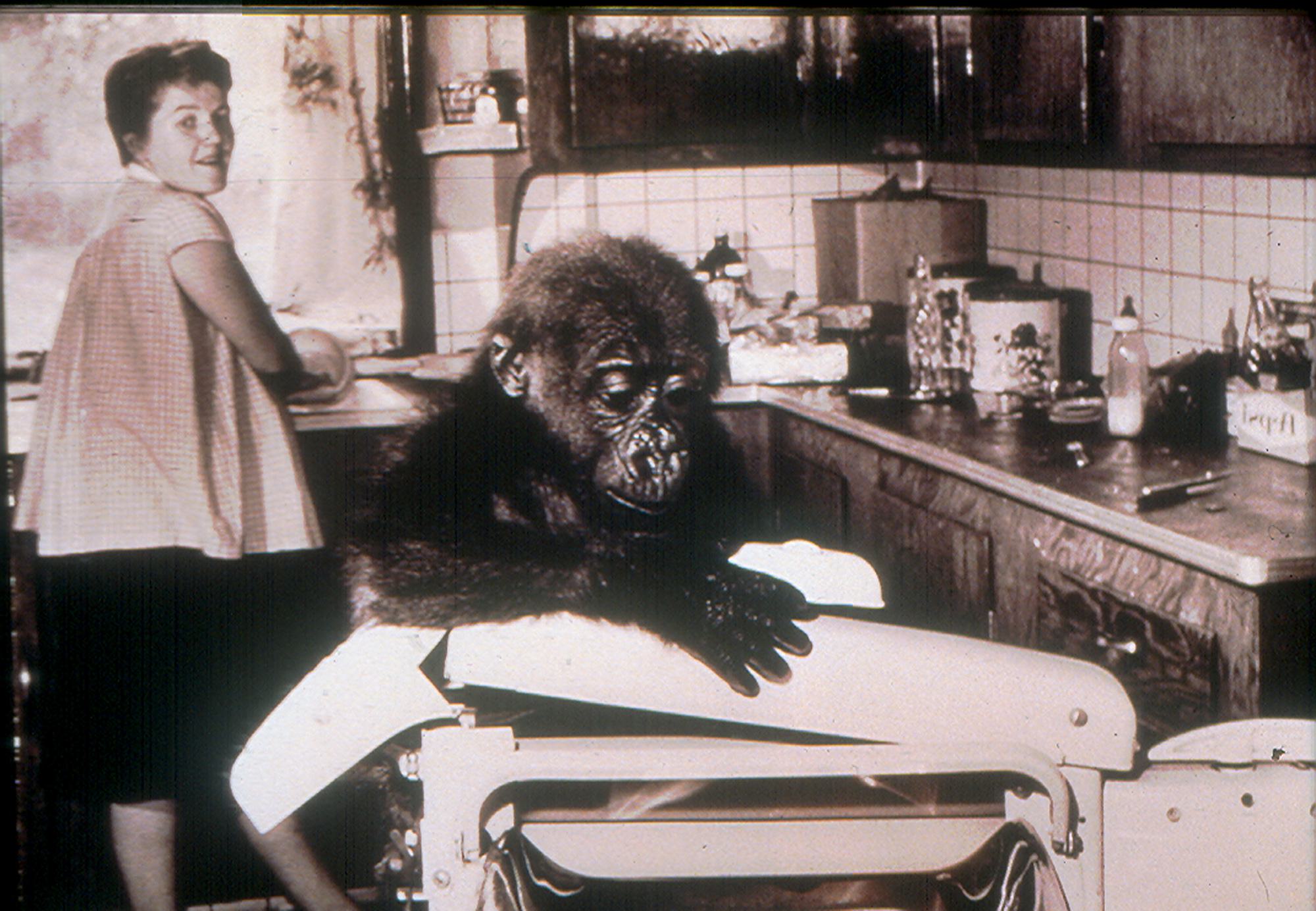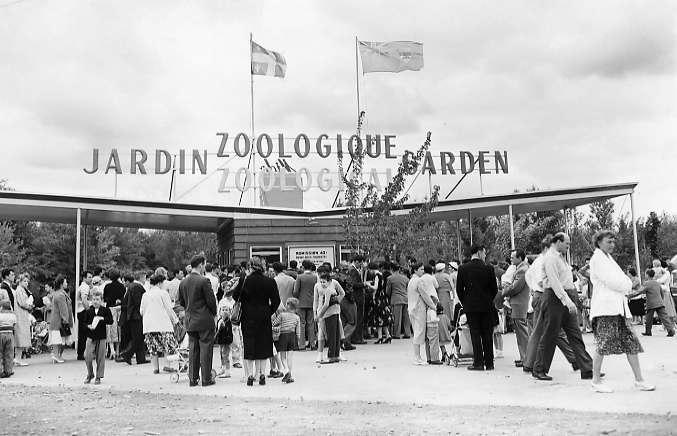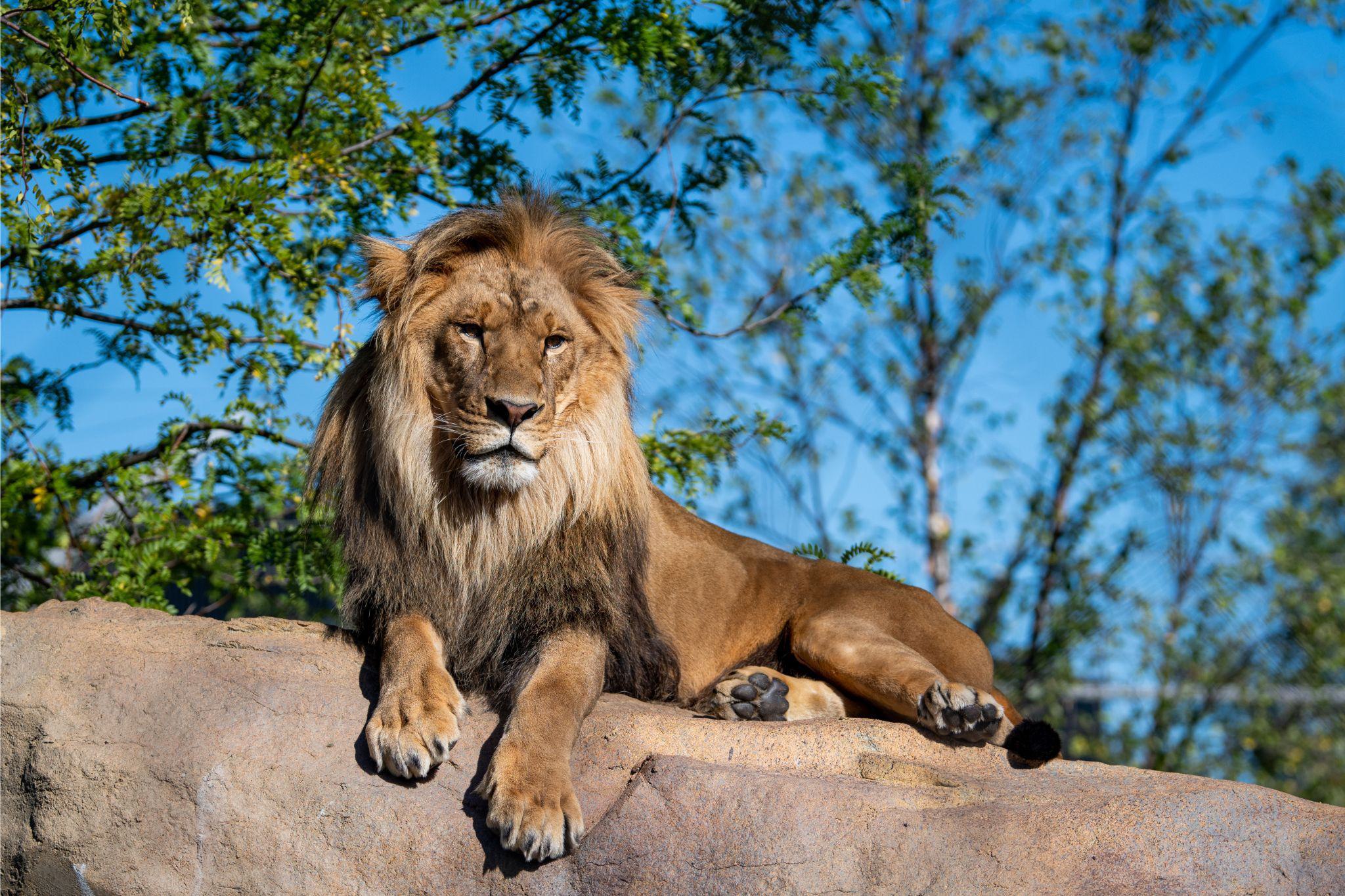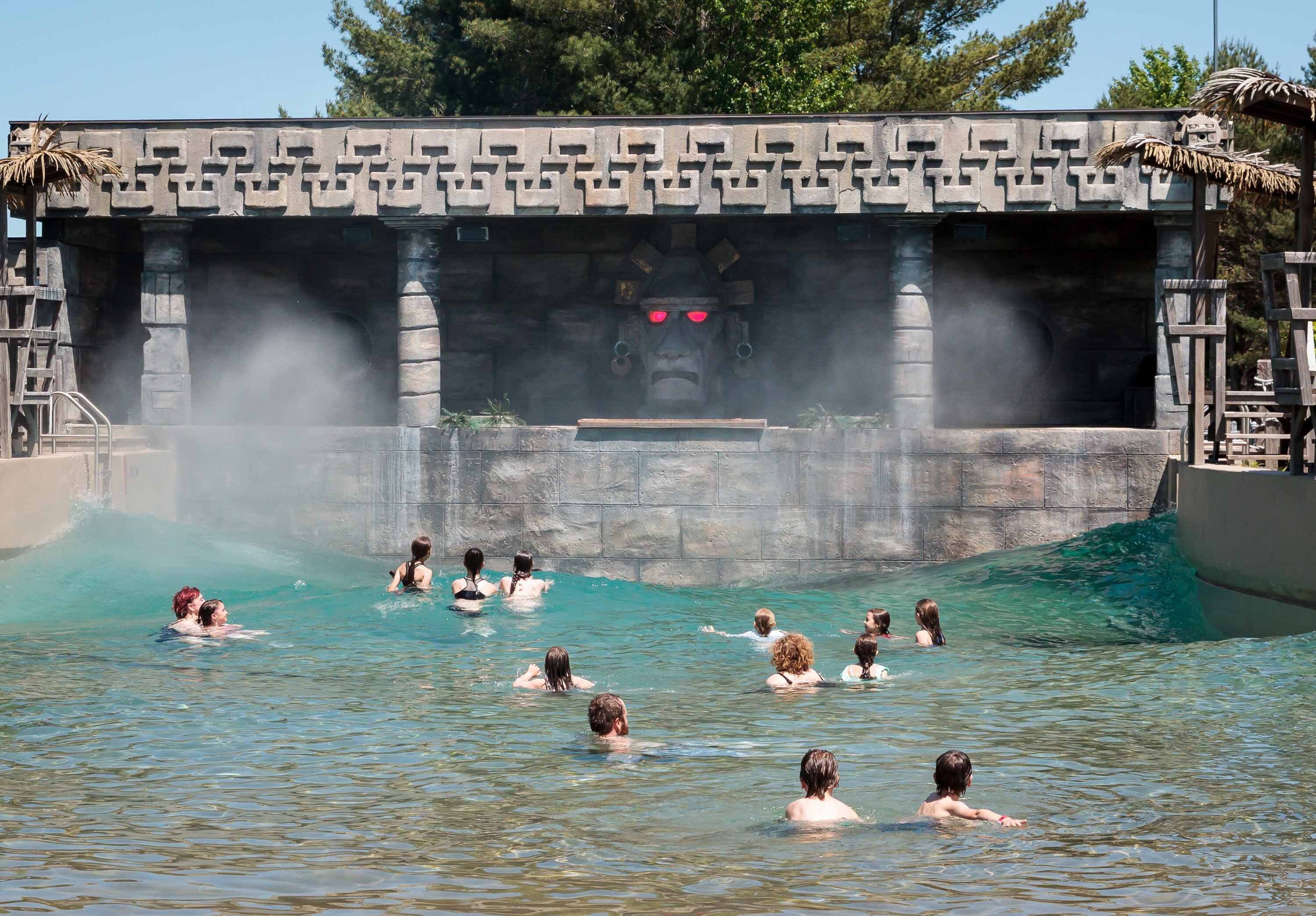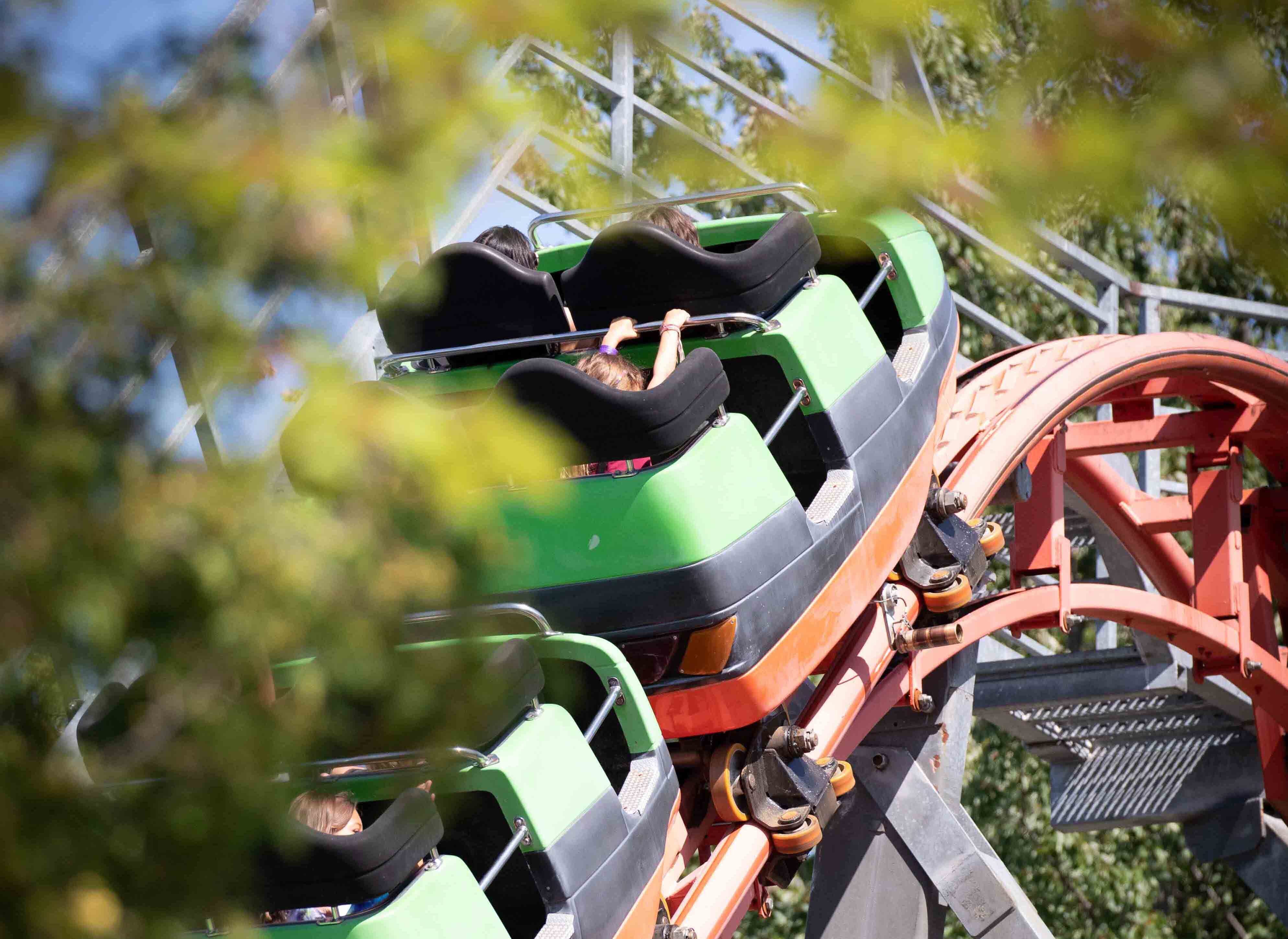A Growing Zoo (1955 - 1965)
Now a leading tourism enterprise in Québec and a conservation organization dedicated to preserving the animal world,
the Zoo de Granby is celebrating its 70th anniversary in 2023. To commemorate this milestone, we're inviting you to discover, through a series of events and memorable anecdotes, some of the elements that have made a lasting impression on people and contributed to the Zoo’s history.
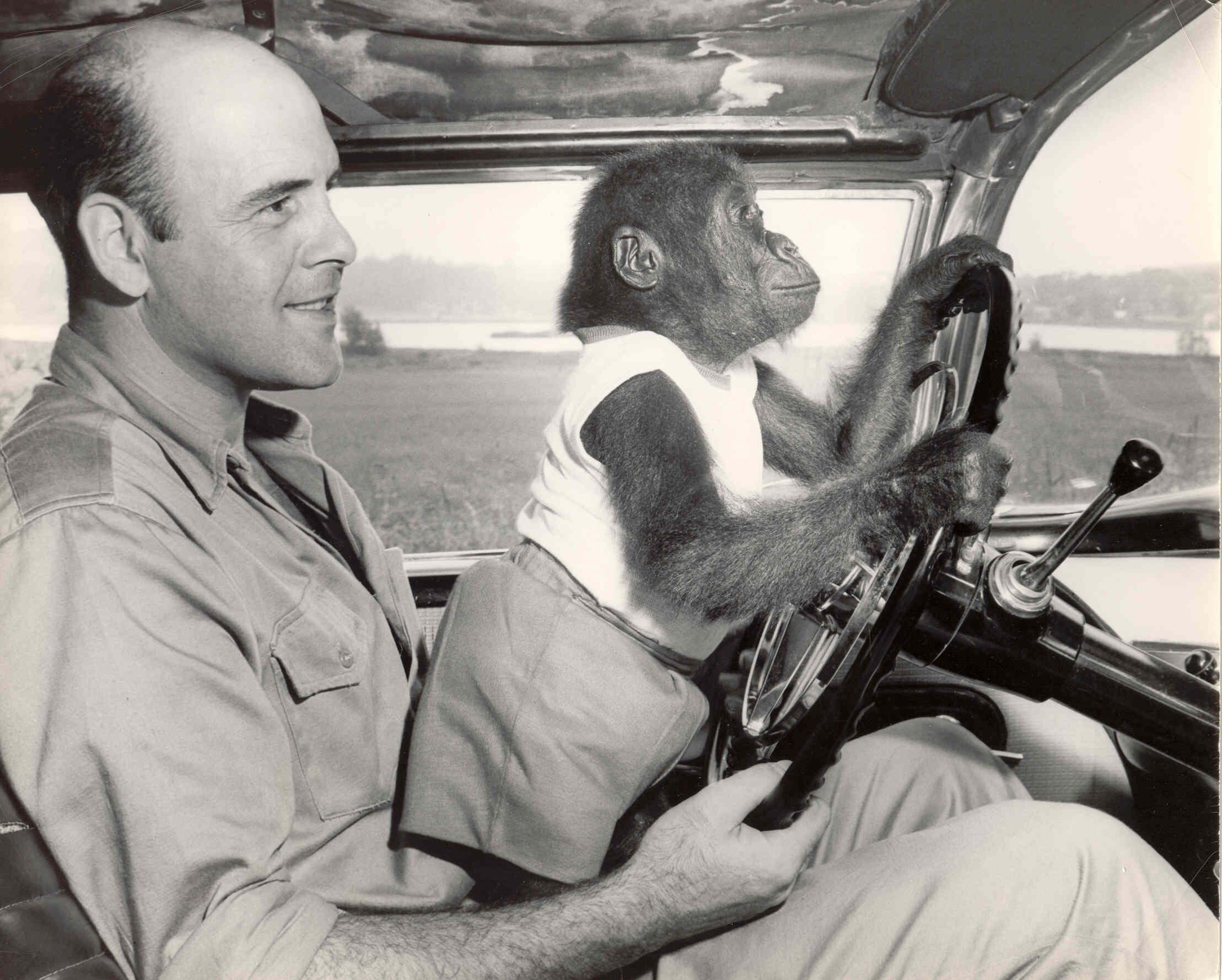
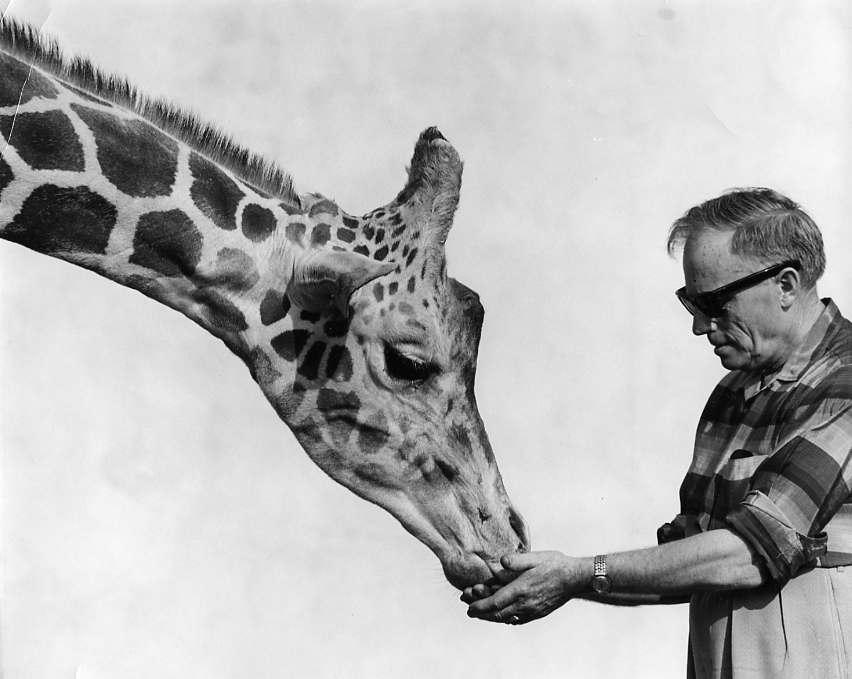
Chapter Two: A Growing Zoo (from 1955 to 1965)
Well established on its new site and growing in popularity, the Zoo took advantage of Pierre-Horace Boivin's international connections to increase its number of residents. The London Zoo granted Granby zebras, a leopard and penguins, while the Paris Zoo swapped a chimpanzee for a couple of black bears. During the same period, the Zoo received two crocodiles and a jackal from the government of Congo. Once again, it was one of Mayor Boivin's connections that made it possible to transport all these animals from all corners of the globe: Captain Herman Kempf of the Poseidons Lines transported the animals to the port of Montréal free of charge for Mr Boivin. To thank him, a street in Granby's industrial park is named after him!
One of the most remarkable arrivals was probably that of the giraffe Berthe, in 1960; followed by a procession of cars and trucks between Montréal and Granby, the giraffe's long neck threatened to snag the power lines that spanned the roads (Autoroute 10 didn't exist at the time!) during its transport. In fact, her escort had to lift the lines as she passed and offer her carrots to get her to keep her head down as they passed.
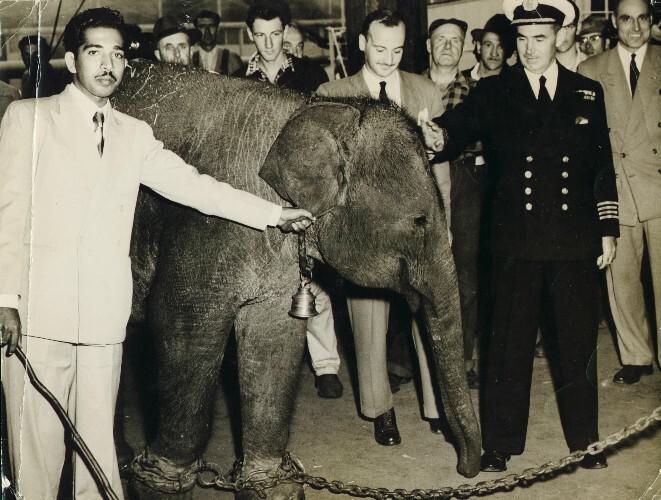
The arrival of the First Elephant: Ambika
Proud of how popular his Zoo had become, Mayor Boivin cherished the dream of offering the population a more sizeable resident: the zoo’s very first elephant! So, he invited a young man from the town, Peter Marmorek, to write to then President of India, Jawaharlal Nehru, to ask him for an elephant on behalf of the children of Granby. Touched by the letter and the petition of a thousand names that accompanied it, President Nehru agreed to send an elephant to Granby.
In 1955, at the age of 3 and weighing almost half a ton, Ambika (named after a Hindu goddess) strolled triumphantly through the streets of Granby, where the schools were closed for the occasion. The following year, the Zoo added a new pachyderm pavilion, which would undergo many subsequent transformations.
The Zoo’s Most Famous Resident: Mumba
No animal at the Zoo has ever been more popular than Mumba the gorilla. The first male gorilla in Canada, he landed in Granby in 1961 and instantly became a star: more than 200 newspapers across the country made him the most famous resident the Zoo has ever had. Given the extent of care he required, he was first entrusted to a local family, the Charron family, who looked after him like a child. Little did they know at the time that this close contact with humans would have a lasting effect on the gorilla's behaviour: among other things, the animal never reproduced. Mumba's story will have helped us to better understand the impact of human interferences on wild species and to provide guidelines for the practices that are now commonplace in our institution.
Mumba died at the venerable age of 48, but his memory lives on in the minds of those who knew him. Given Mumba's great importance to the country's history and heritage, the Canadian Museum of Nature in Ottawa dedicated a space for him in one of its exhibits.
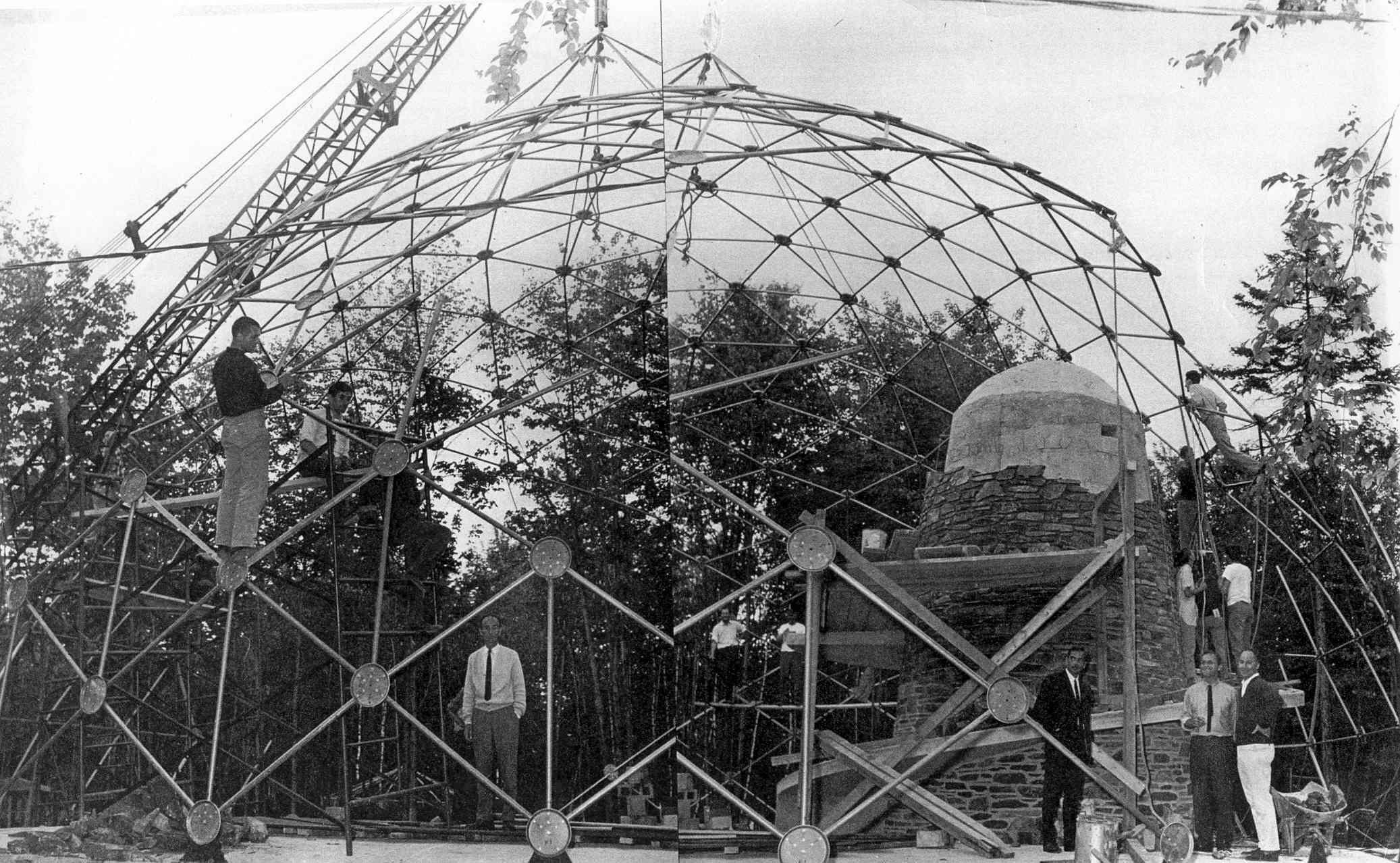
Signature Buildings and Large-Size Baby-Boom!
With all the zoo residents’ growing needs, the governing board is encouraged to continue developing its infrastructures. In 1962, the Granby architect Paul-O. Trépanier presents his innovative visionary plans which will become one of the insatitution’s iconic structures: the geodesic dome. First intended for polar bears, over timer the space will be occupied by several species such as Japanese macaques and Eurasian eagle-owls. The structure will also find itself integrated to the zoological institution’s logo for a while.
During this same period, the Zoo celebrated the birth of Canada's first hippopotamus! Originally from Copenhagen Zoo, the couple formed by Sirène and Patriarche drew crowds and presented the public with a happy event that attracted a great deal of media attention: the little one was named Alcide, in honour of his symbolic godfather, the then Radio-Canada meteorologist Alcide Ouellet. Over the years, some 16 little hippopotamuses would bear the name Alcide, a character who became the Zoo's official mascot!
In 1965, the still young Zoo de Granby already featured 131 species and attracted record crowds from all over Québec. Families travelled by bus to admire these animals they had only ever seen in picture books!
